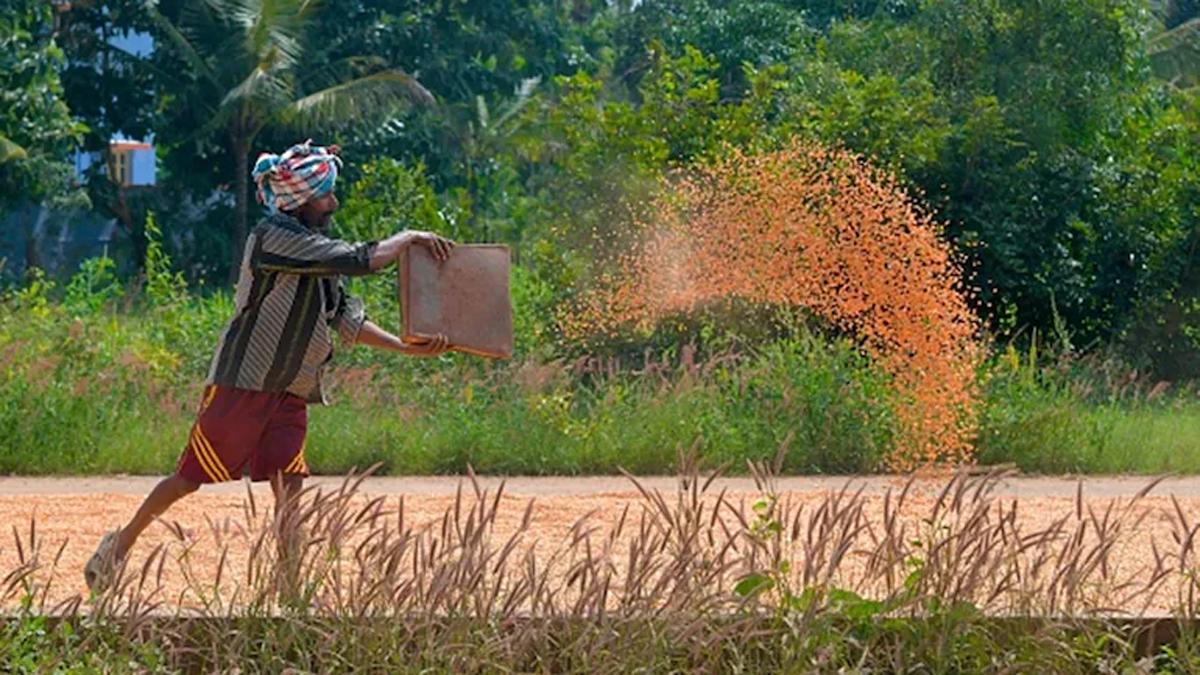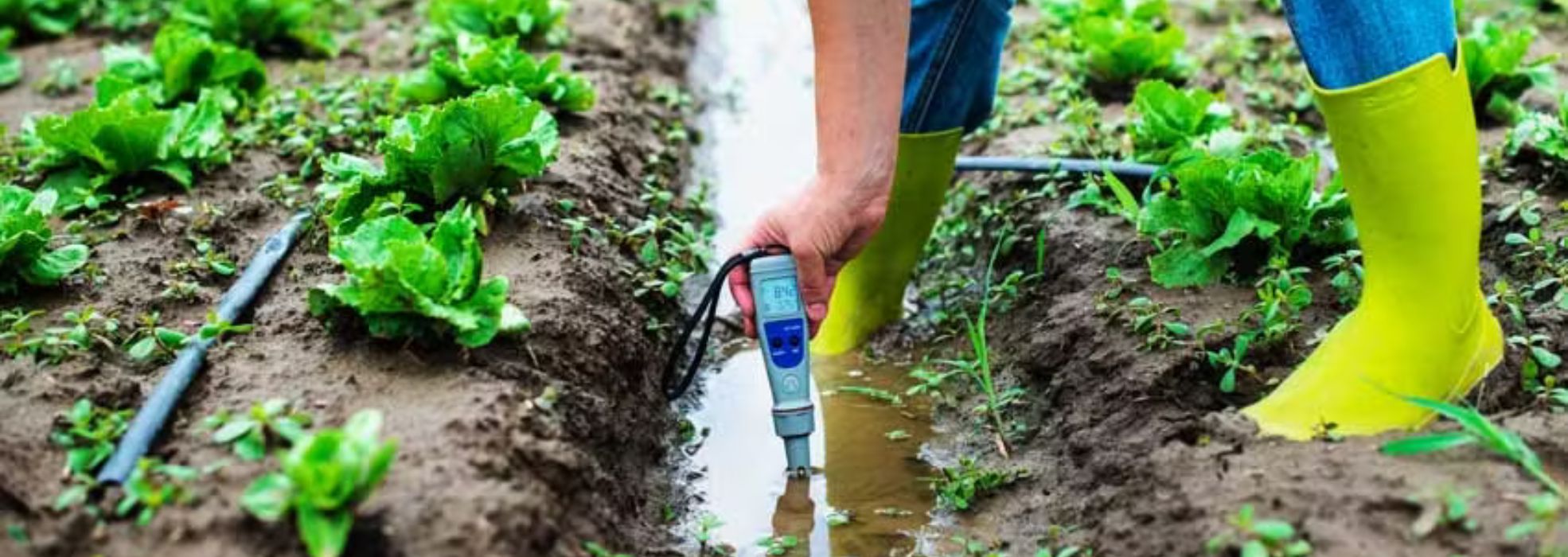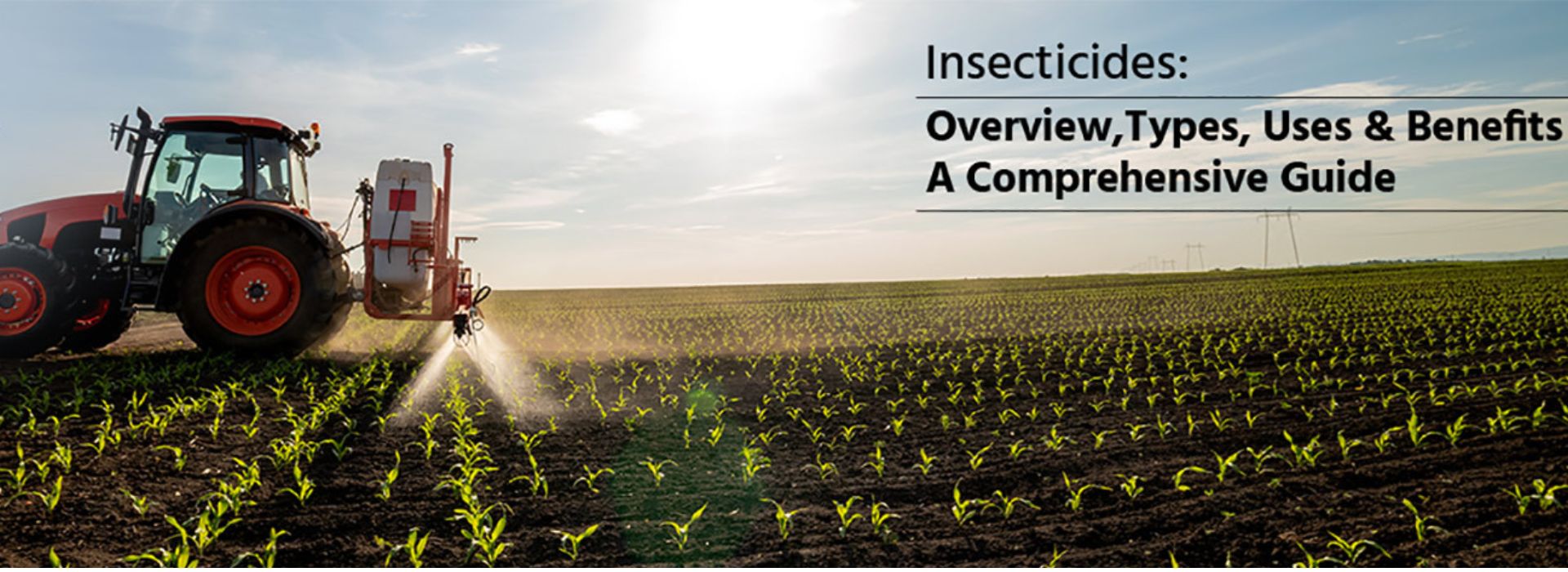Safeguarding Vegetable Crops: The Science Behind Sticky Traps for Sucking Pests
February 16, 2024Vegetable crops are susceptible to a myriad of pests, and among the most insidious are sucking pests. These tiny invaders, such as aphids, whiteflies, and thrips, can wreak havoc on plants by piercing and sucking the sap from their leaves, stems, and fruits. However, in the battle against these pests, one effective weapon in the farmer's arsenal is the sticky trap. Let's delve into the fascinating world of sticky traps and how they offer protection against sucking pests in vegetable crops.
Understanding Sticky Traps:
Sticky traps, also known as adhesive or glue traps, are simple yet ingenious devices designed to capture insects. They consist of a durable material coated with a sticky substance that adheres to the bodies of pests upon contact. While various designs and formulations exist, the principle remains the same: insects are attracted to the trap's color or scent, land on its surface, and become stuck.
How Sticky Traps Work:
The effectiveness of sticky traps lies in their ability to exploit the behaviors and sensory preferences of insects. Sucking pests are often attracted to the color yellow, making yellow sticky traps particularly effective for monitoring and controlling populations. Additionally, some traps are coated with pheromones or scents that mimic the odors emitted by plants, further enticing pests to land on them.
Once insects land on the sticky surface of the trap, they become immobilized, unable to escape. This not only prevents them from causing further damage to the crops but also serves as a monitoring tool, allowing farmers to assess pest populations and make informed decisions about pest management strategies.
Advantages of Sticky Traps:
Sticky traps offer several advantages over traditional methods of pest control. Firstly, they are non-toxic and environmentally friendly, making them safe for use in organic farming systems and around beneficial insects. Unlike chemical pesticides, which can harm non-target organisms and contribute to pesticide resistance, sticky traps selectively target pests without posing risks to the surrounding ecosystem.
Furthermore, sticky traps are easy to deploy and require minimal maintenance. They can be strategically placed throughout the field or greenhouse, taking advantage of the pests' natural movement patterns. Regular monitoring and replacement of traps ensure continued effectiveness in controlling pest populations.
Conclusion:
In the ongoing battle against sucking pests in vegetable crops, sticky traps emerge as a valuable ally for farmers. By harnessing the behaviors and sensory preferences of insects, these simple yet effective devices offer a non-toxic and environmentally friendly solution for pest management. With proper implementation and monitoring, sticky traps can help safeguard vegetable crops, ensuring bountiful harvests and sustainable agricultural practices.
At krishibazaar.in, you can find and buy various agricultural products. For agricultural guidance on selecting the most suitable products for your crops, please contact or WhatsApp at +917887880887.






Guest reviews
No reviews found for this Blog